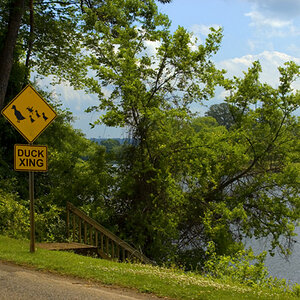NedM
No longer a newbie, moving up!
- Joined
- Jan 6, 2014
- Messages
- 390
- Reaction score
- 64
- Location
- USA
- Can others edit my Photos
- Photos OK to edit
I've been watching a lot of tutorials and videos on how to capture the milky way and I've noticed a couple things that seem odd to me.
I noticed that people use a very wide aperture like f2.8 or f4 and a high ISO like 1600 and 3200.
One exposure setting was 30secs at f4 with an ISO of 3200. (He was shooting directly at the sky)
I don't understand why anyone would want to use a wide aperture?
Wouldn't you want to use a larger aperture to get everything sharp?
Was he using a small aperture to get as much light as he need so he can take the image at 30 seconds and avoid star trailing?
I noticed that people use a very wide aperture like f2.8 or f4 and a high ISO like 1600 and 3200.
One exposure setting was 30secs at f4 with an ISO of 3200. (He was shooting directly at the sky)
I don't understand why anyone would want to use a wide aperture?
Wouldn't you want to use a larger aperture to get everything sharp?
Was he using a small aperture to get as much light as he need so he can take the image at 30 seconds and avoid star trailing?


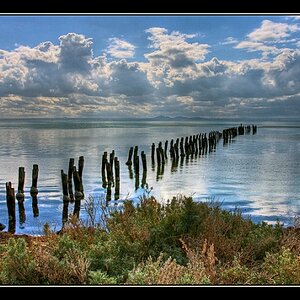
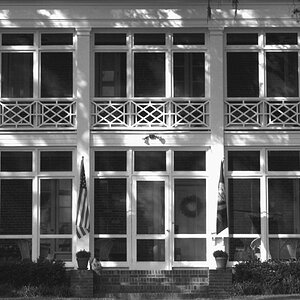
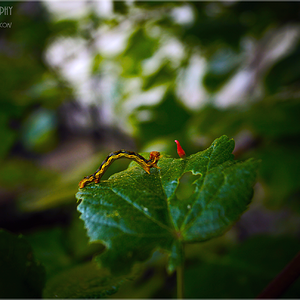
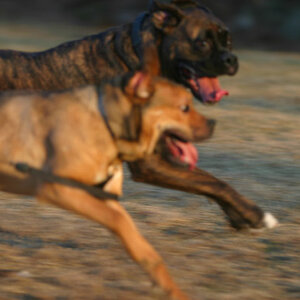
![[No title]](/data/xfmg/thumbnail/31/31012-f5e0c7cdea2f2c3e44737e3f61c2461a.jpg?1619734567)

